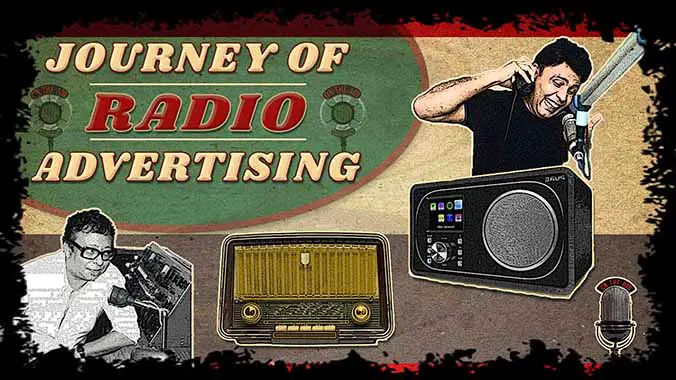The journey towards inventing the radio began with the discovery of electromagnetic waves and their potential applications. In 1864, James Clerk Maxwell, an experimental physics professor at Cambridge University, published a theoretical paper suggesting that electromagnetic currents could be detected at a distance. Building on Maxwell’s theory, Heinrich Hertz, a German physicist, conducted experiments in the late 1880s and successfully generated electromagnetic waves, confirming Maxwell’s predictions about their speed and ability to facilitate communication over a distance.
Taking this theory into practice, Guglielmo Marconi, an Italian inventor, brought electromagnetic waves out of the laboratory and into the real world. By the end of 1901, Marconi had established his own commercial wireless radio company and successfully broadcasted the first transatlantic signal. Marconi was thus credited as the father and inventor of the radio. During World War I, the newly invented radio found primary use in communication between ships at sea. While radio signals were not always clear, operators relied on Morse code messages and severed signals to communicate, especially in emergency situations.
The radio’s widespread advantage led to its adoption by civilians for private use. Stations like KDKA in Pittsburgh, Pennsylvania, and England’s British Broadcasting Company (BBC) began using the radio as a medium to provide news and information to the public. During World War II, radio continued to play a crucial role in broadcasting news and updates about the war to the civilian population and garnering public support for the war efforts.
In the present day, radio has evolved with advancements in technology, expanding its reach through satellite coverage and internet stations, reaching millions of people and gaining popularity. Radios, once limited to military bases and homes, are now omnipresent, found in vehicles, public places, and in the hands of people. With its diverse content, including songs, information, news, jingles, weather updates, entertainment, traffic updates, and commercials, radio captures the attention of its audience effectively.
World Radio Day, celebrated every February 13, in 2022 focused on the theme of “Radio and Trust,” recognizing that despite a global decline in trust in internet and social media networks, radio remains one of the most trusted sources of news. In India, there are over 371 operational private radio stations in more than 101 cities and towns, with All India Radio (AIR), owned by the government, operating about 450 FM stations covering a significant portion of the country’s population.
Radio advertising also rebounded in 2021, showing a 29% year-on-year growth after a dip of 27% during the pandemic period. The third and fourth quarters of 2021 witnessed the highest recovery, effectively reaching out to a large audience across the country. The radio’s enduring presence and relevance continue to make it a powerful medium for communication and entertainment in India and worldwide. Using the radio communication spectrum serves as an adhesive for businesses, allowing them to effectively promote and brand their products and services with their voice reaching every local audience.




